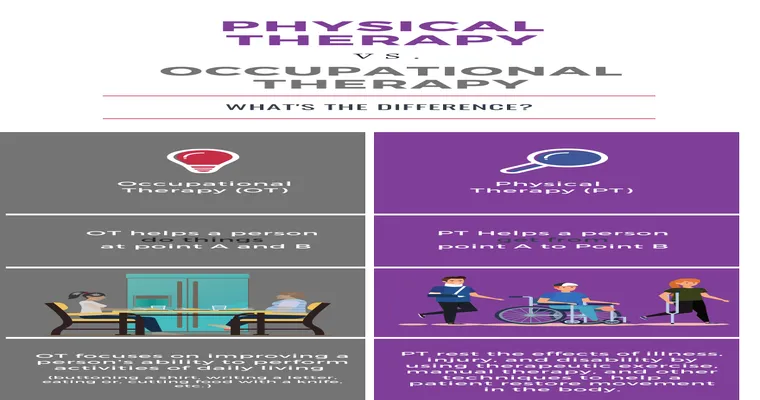In caregiving situations, it is not uncommon for individuals to feel "frustration" or "impatience" when trying to communicate instructions to someone who doesn’t seem to grasp what is being asked of them. Whether it is a child, an elderly person, or someone with special needs, the challenge of conveying clear directions can lead to a range of emotions, including "stress" and "exhaustion". Understanding why this happens and how to manage such feelings is crucial for effective caregiving.
One of the primary reasons for losing patience in these situations is the "communication barrier" that may exist between the caregiver and the person in their care. This barrier can stem from various factors, such as cognitive impairments, language differences, or even emotional states. When instructions are not understood, caregivers might feel as though their efforts are futile, leading to a sense of helplessness.
Additionally, the context in which instructions are given plays a significant role. High-pressure environments or time constraints can exacerbate feelings of impatience. Caregivers often juggle multiple responsibilities, and when they are pressed for time, the need for quick understanding can lead to frustration. Recognizing this dynamic is important for both the caregiver and the person receiving care.
To effectively manage feelings of impatience, caregivers can adopt several strategies. First, it is essential to practice "active listening". By truly hearing what the other person is saying or trying to communicate, caregivers can better tailor their instructions to match the individual's comprehension level. This approach fosters a more supportive environment and can reduce misunderstandings.
Another helpful strategy is to simplify instructions. Breaking down tasks into smaller, more manageable steps can make it easier for the person in care to follow along. Using clear, concise language and visual aids can also enhance understanding. Patience is often cultivated through preparation; the more equipped a caregiver is with effective communication tools, the less likely they are to feel overwhelmed.
Moreover, caregivers should remember to take breaks when needed. Stepping away for a moment can provide the mental space necessary to regain composure and approach the situation with renewed energy. Practicing "self-care" is vital; if caregivers prioritize their well-being, they are more likely to respond with patience and empathy when challenges arise.
In conclusion, while it is natural to feel impatience when giving instructions to someone who struggles to understand, it is essential to approach these situations with empathy and strategy. By focusing on effective communication techniques, simplifying tasks, and practicing self-care, caregivers can foster a more positive and understanding dynamic. Ultimately, the goal is to create a supportive atmosphere that encourages learning and growth for both the caregiver and the individual in their care.





